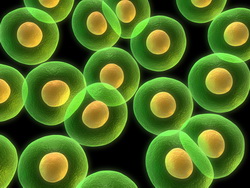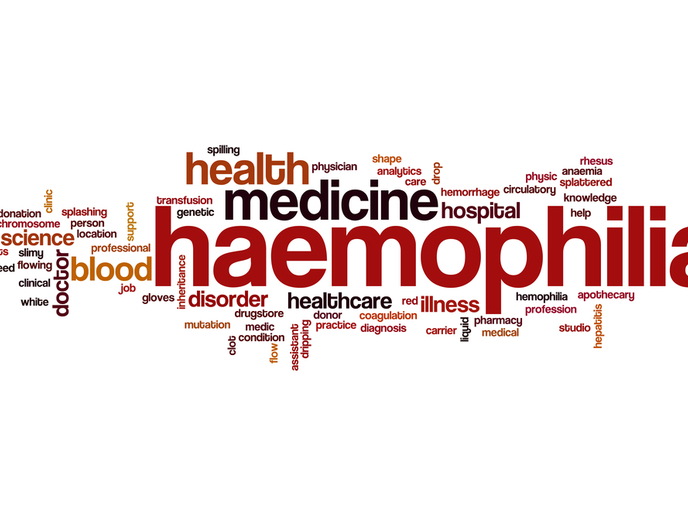Molecular chimera drug delivery system
A major obstacle for the pharmaceutical industry is the limited bioavailability of highly effective therapies. One answer is the use of micelles and liposomes. These spherical nano-vehicles can introduce drugs that have poor solubility, are rapidly degradeable or are toxic. Carrying therapeutic agents using liposomes or micelles means the drug or gene is surrounded by the nano-sized sphere of molecules. Therefore, the micelle or liposome is an ideal carrier as the core-shell structure protects the contents during transportation. However, the problem with liposome carriers is that they frequently have poor target specificity. Researchers from the Leibnitz Institute for Molecular Pharmacology, under the auspices of the CPP project, set about designing molecules that overcame this restriction. The result was a novel molecule, a lipopeptide chimera known as P2A2. The key to the successful action of P2A2 is the ApoE (apolipoprotein E) based peptide that is able to traverse cell membranes. Apolipoproteins are found naturally in cell environments. For the lipid component, there are two palmitoyl chains that promote aggregation and incorporation into lipid bilayers such as cell membranes. Further advantages of P2A2 are that it is easily synthesised and has a broad range of targets. Biophysical experiments showed that the lipopeptides arranged themselves spontaneously into nano-carrier micelles that are composed of around 30 of the identical molecules. Interaction of P2A2 with lipids revealed a colloidal state which is ideal for drug delivery.







